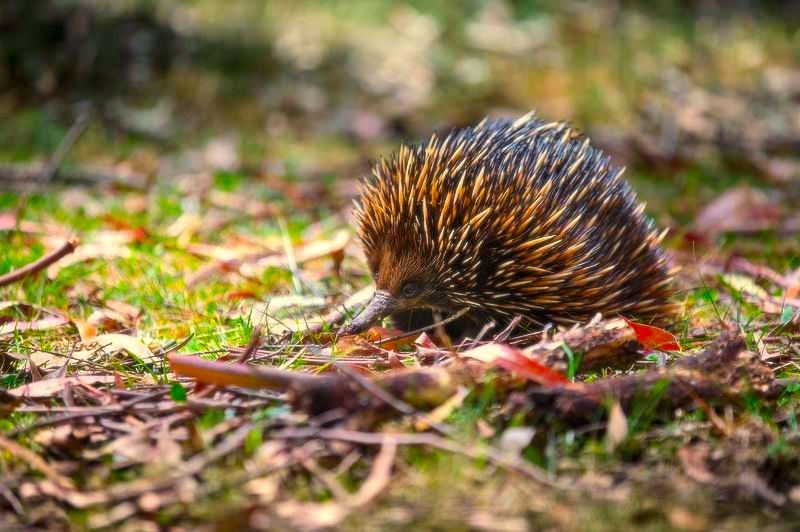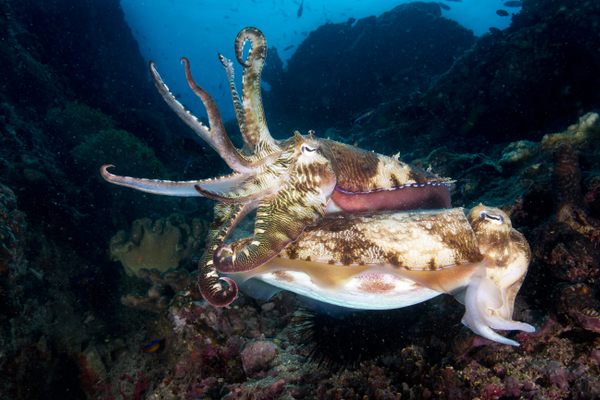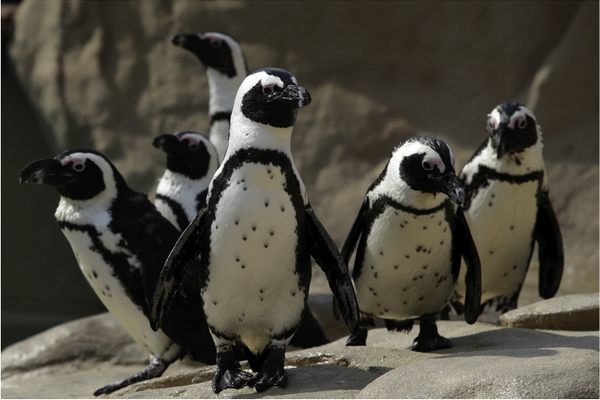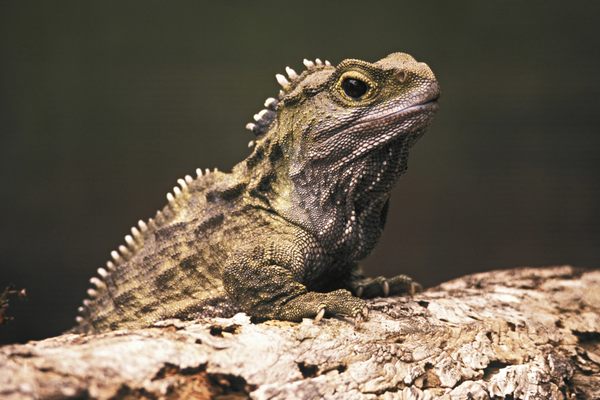Warm Your Heart With Videos of ‘Echidna Love Trains’
For the enigmatic mammal, mating season is trailing season.

About echidnas, the odd and fascinating spiny mammal, there is one fact that you should never forget: when they mate, they form long, waddling processions called “love trains.”
For the uninitiated, echidnas are a rare type of mammal known as a “monotreme,” which are distinguished by the fact that they lay eggs. Along with the platypus, the four species of echidna—found in Australia, Tasmania, and New Guinea—are the only known monotremes left on the planet. And like their platypus cousins, echidnas also look like mash-up creatures.
Sometimes called “spiny anteaters,” echidnas are squat little animals, usually weighing somewhere around 11 pounds when fully grown. Where a platypus resembles a combination of an otter and a duck, echidnas, with their tubular snouts and thick spines, look like a cross between a mole, a porcupine, and an anteater. They have short legs that end in long claws, which they use to dig into the earth and make burrows. Living large portions of their lives undercover, echidnas are said to be shy, quiet, and solitary.
They subsist on small bugs devoured through the mouth at the tip of their snout. Because they are so private, they are difficult to observe in a natural setting, and even though they are said to be the “most widely spread native Australian mammal,” relatively little is known about them. But the more we find out, the stranger and more wonderful they seem.
Among the odder facts about echidnas that have come to light are that they are hosts to what is possibly the world’s largest type of flea, and they might have the lowest general body temperature of any mammal. But the most notable quirk of echidna behavior is their mating trains. During the echidna mating season (for the Australian echidna, June-September), males will line up, snout-to-rump, behind a single female, and follow her around in a line for days or even weeks. These trains have been observed to have as many as ten males waddling around behind a female, the youngest male echidna bringing up the rear. Males might leave their train and form or join another during the season, literally chasing the dream of mating with an eligible female.
It’s not entirely clear why exactly these trains form. It could be a way to tire out the males until only the strongest is still following, or it could have to do with the female selectively waiting for the right male to get behind her. Either way, the behavior is often correlated with some kind of selection process.
When echidnas actually get down to business, it’s equally as enigmatic, with the male using its reptile-like four-headed penis to impregnate a female, sometimes while they hibernate. Echidnas then produce an egg that is held in a pouch (did we mention that echidnas have pouches?), until it is ready to hatch. Once they are finally born, baby echidnas are called “puggles.”
Whatever the true purpose behind the echidna love train, they make for a pretty odd sight. Watching groups of these spiny little guys totter along in their little parade is both fascinating and rare. The world can be a strange and alienating place, but at least the echidnas are out there following each other for love.
Bonus echidna puggle video, because… PUGGLE!:

































Follow us on Twitter to get the latest on the world's hidden wonders.
Like us on Facebook to get the latest on the world's hidden wonders.
Follow us on Twitter Like us on Facebook